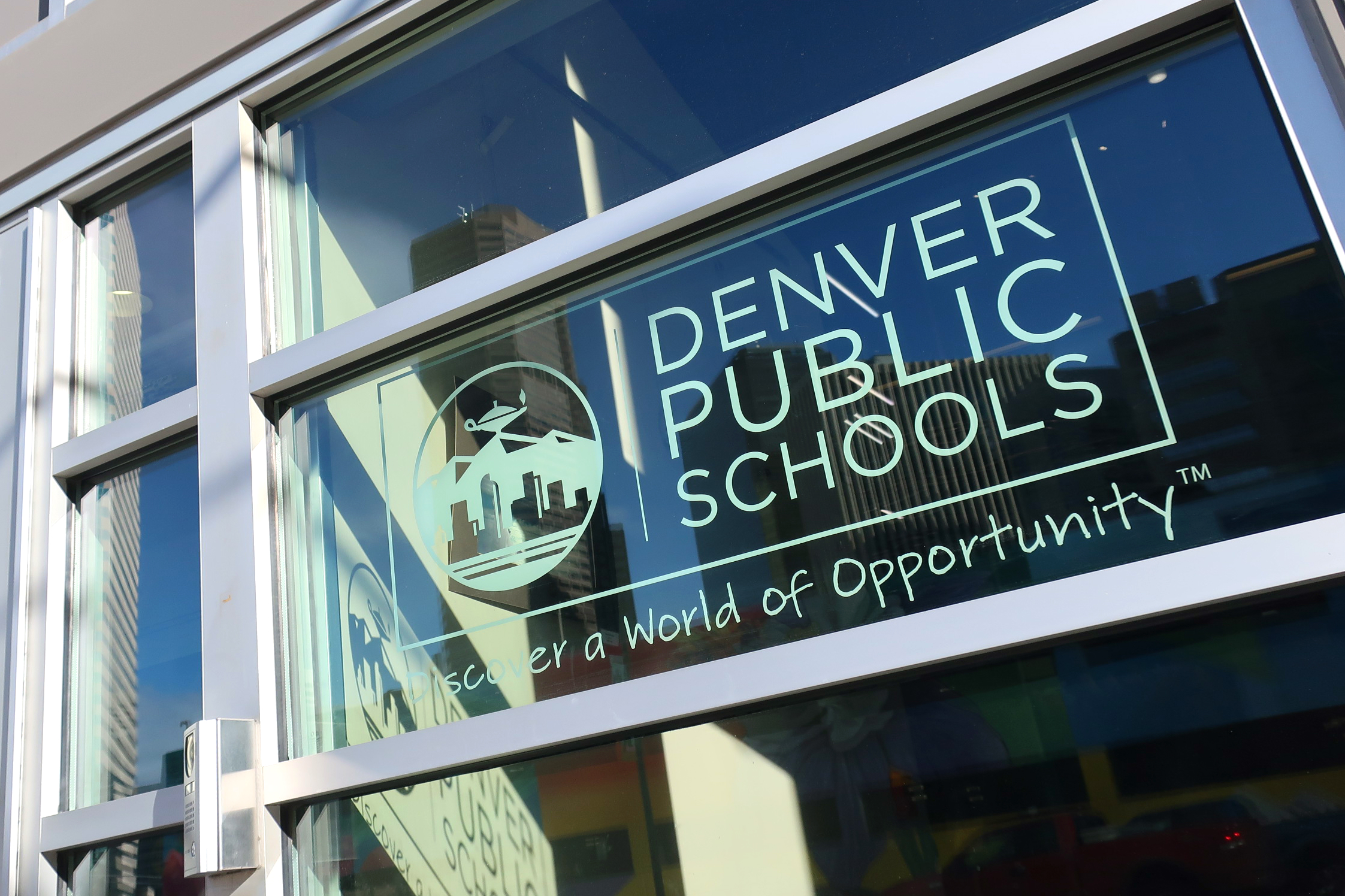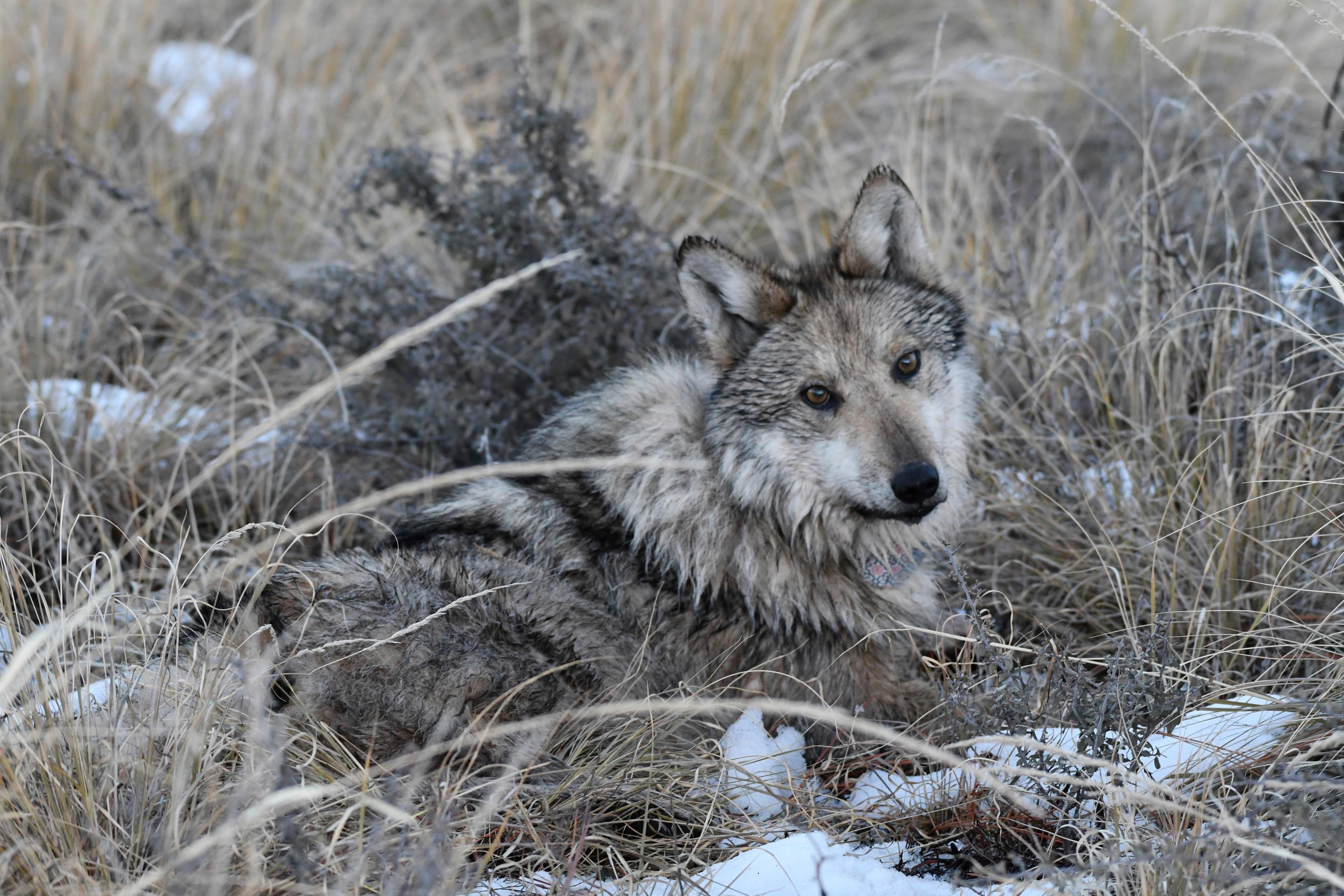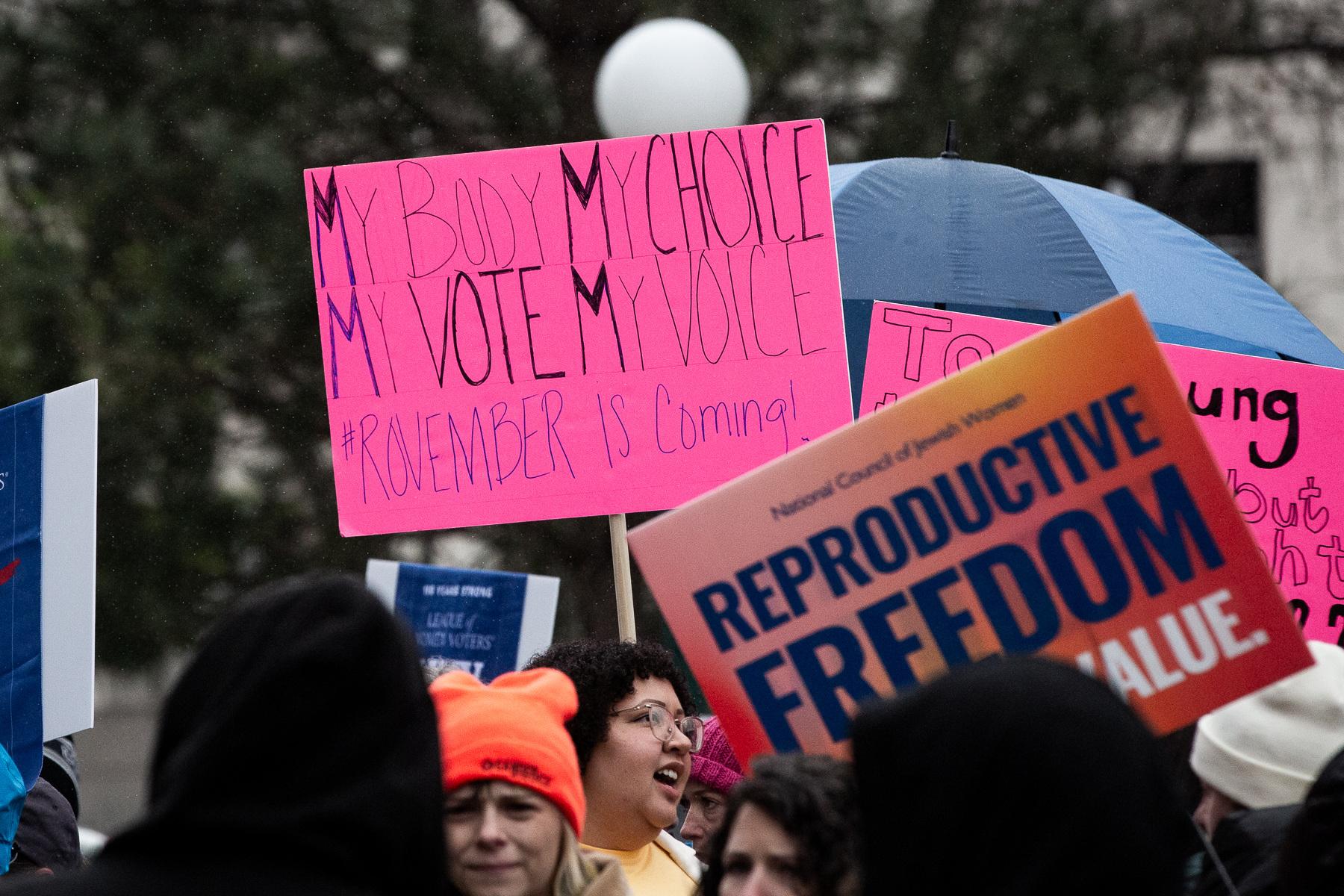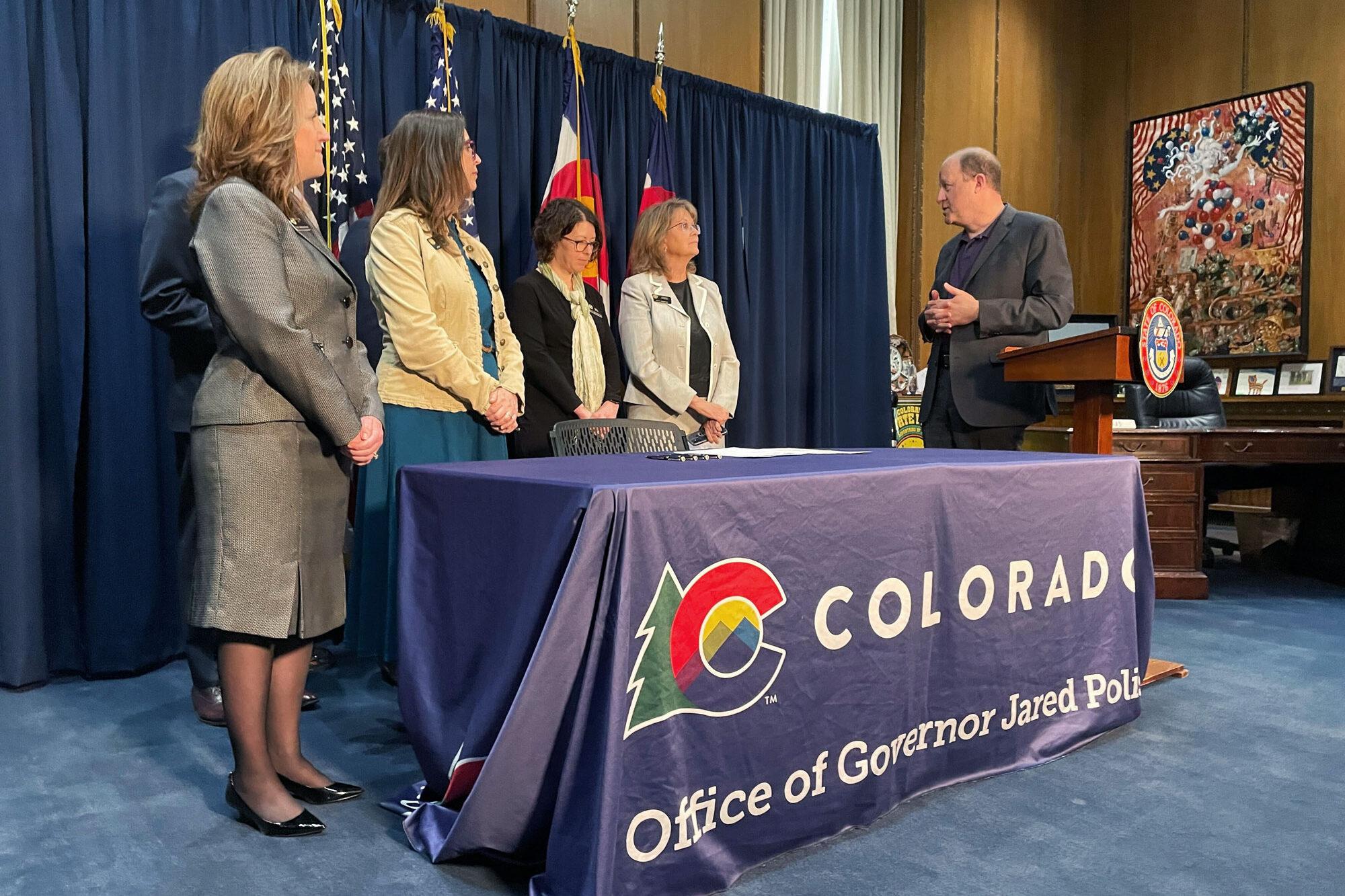The Colorado Springs park system fell four spots this year in a national ranking put out by the non-profit Trust for Public Land. The organization cites below-average park funding as a primary reason.
The ranking looks at the 100 largest cities in the country, and evaluates them based on factors including park acreage, accessibility, and amenities. This year, Colorado Springs ranked 46th.
Jim Peterson is Colorado state director at the Trust for Public Land. He says there’s no denying the city is a destination for outdoor recreation.
"The challenge is, though, that there’s a lot of neighborhoods that don’t have that close-to-home access to parks," he explains. "In the springs, about 69% of people, so 70%, live within a 10-minute walk of a park. And some of those parks need some work. "

Compare that to top-ranked Minneapolis, where 97% of residents live within a 10-minute walk from a park.
Another factor in the ranking is the amount each city spends on parks per resident. Colorado Springs spends $81 per resident, shy of the national average of $87. Meanwhile nearby Aurora, ranked 20th, spends $143 per person.
"Places like southeast Colorado Springs have a lot of need for investment in parks," says Peterson. "Additional spending per resident would mean you'd have more resources to devote to things like playgrounds, ball fields, basketball hoops and the other amenities that people want in their cities."
Peterson argues that better park infrastructure helps to foster healthier communities and has positive economic impacts.
"I was really sad to see that we went down [in the rankings]," says Susan Davies, executive director of the Trails and Open Space Coalition. "You never want to go in that direction, [but it's] not surprising when you look at funding for parks."
Davies points to the fact that the budget for the Colorado Springs Parks Department is still several million dollars below where it was ten years ago, before the Great Recession. She says she hopes city leaders pay attention to the ParkScore ranking, and that "we can find a way to increase funding for parks."
Colorado Springs Parks director Karen Palus acknowledges that the city's parks system is underfunded. She says the department is "striving to get to average," referring to a study done in 2014 showing that Colorado Springs spends roughly half as much on its parks as other similar cities.
A lack of funding means the department is limited in its ability to address some of the issues raised in the ParkScore report. For instance, when it comes to opening new properties to ensure that more of the city's residents are within walking distance of a park, Palus says the city already owns more than a dozen parcels in areas where parks are needed, but lacks the money to develop them.
"Being able to develop those, bring them online, and have the operation and maintenance for those properties will really help us move forward" toward providing better park access, she explains.
Nevertheless, Palus says she's proud of the work the department is already doing, and is confident that the community and the city's elected officials are supportive of "moving the needle" on parks funding going forward.
To that end, in a vote Tuesday, Colorado Springs City Council opted to raise rates on residential, commercial, and industrial water users in order to fund watering at city parks. The Colorado Springs Gazette reports that the Parks Department's current watering budget is $1.2 million dollars shy of its goal.
Denver, the only other Colorado city on the ParkScore list aside from Aurora, was ranked 26th overall.
This post was updated Wednesday to include comments from Karen Palus and Susan Davies.









